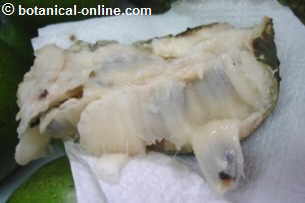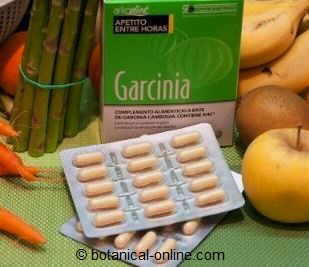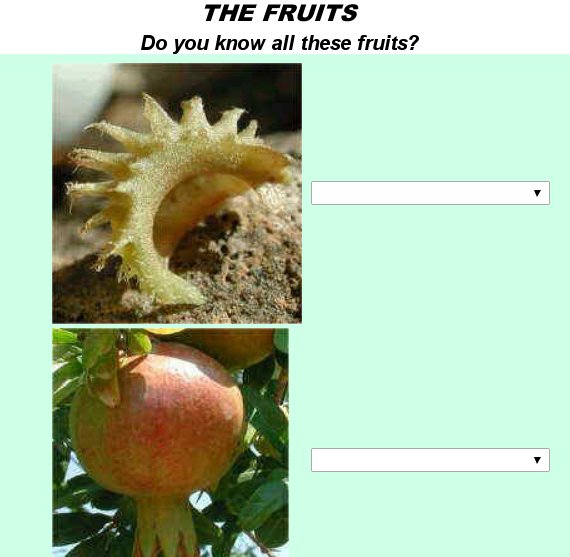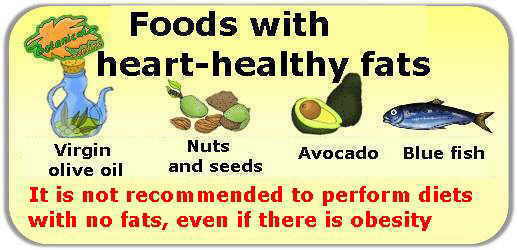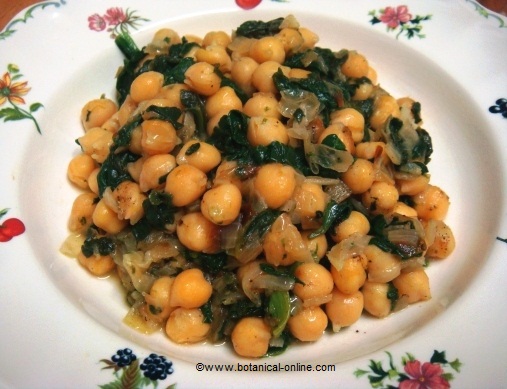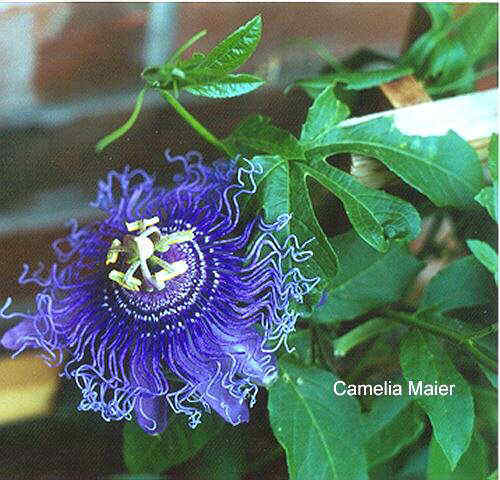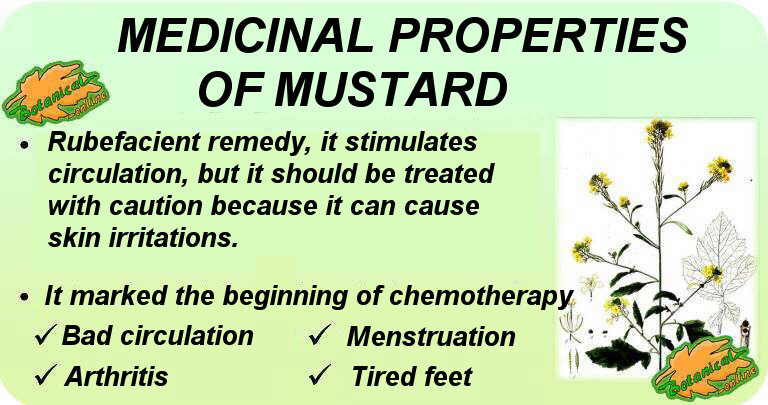Contents
MEDICINAL PROPERTIES OF PINEAPPLE
PINEAPPLE, TO IMPROVE THE SKIN AND TO TAKE CARE OF WOUNDS
External use of pineapple
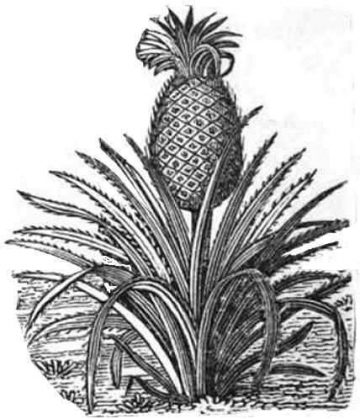
Pineapple can be used externally for skin care. The Native Americans have been using it for a long time as a vulnerary for its ability to disinfect and heal wounds. A piece of pineapple in the form of plaster, applied over an injury can facilitate healing.
The capacity of bromelain of pineapple to dissolve proteins can be used externally for wart removal. To do this, apply a piece of pineapple peel on the wart so that the tender touch the wart, without affecting healthy skin, throughout the night. In the morning, it is removed and washed with hot water. Apply several times if the wart does not disappear.
This same application can be used for the removal of bunions and corns. The capacity of bromelain to break down the flesh is so strong that the plantation workers or those working in the canning companies should be protected with proper clothing for preventing this component from affecting the skin.
Pineapple takes care of your skin
Pineapple contains a component called AHA, a series of acids found between citric acid and glycolic acid, which play a role in rejuvenating the skin.
The action is due both to its ability to stimulate collagen and hydrate the skin, and its power to remove dead skin cells.
On the one hand, it exerts a mask or “peeling” function. On the other hand, it provides those substances necessary for a firm skin and a good hydration.
A peel mask made with crushed pineapple pulp will be suitable for making a good mask that applied to the skin, will help to remove wrinkles and keep the skin firm. (Clean the zone well and rinse it after a quarter of an hour or half an hour)
It is a very rich fruit in vitamins and minerals. A quarter of pineapple covers practically the daily needs of vitamin C. Is very rich in potassium and contains in smaller proportion copper, magnesium and iron.
Its caloric power its given to it by its carbohydrates in the form of very easily assimilated sugars, mainly sucrose and fructose. It contains very little fat.
How to eat and preserve pineapples?
It’s a fruit that should be eaten ripe because, when unripe, besides containing few sugars and being quite indigestible, it can cause certain reactions in some people, who may require medical attention.
Pineapples for export are harvested when unripe but they become ripe later. However, pineapples taste better when they have ripened on the plant.
They are more expensive for the consumer who does not belong to a pine-cultivating country, because they must be carried to non-cultivating ones by plane.
To know when a pineapple is ripe we have to press it a little and notice that it sinks a bit without it being too flabby, which indicates that it is overripe. If it has a green color, it is not yet ready. The bark should look yellow and without brown spots (those indicate that it is too ripe).
Another of the tricks to know what pineapple we should buy is to check the scent from the base of the fruit. If this has a very good smell, it means that it is ready.
As for preservation, it is a fruit that can’t be kept for long once chopped. It is best to eat it shortly after cutting it because it turns black and many of its components disappear. It does not tolerate cold and should not be kept in the fridge. The only way to preserve it is with syrup, in a way that is also very delicious, but has many more calories, and especially during the process, bromelain disappears and therefore it loses its main medicinal component and only has half of vitamin C.
Before chopping it, you should leave it upside down, with its leaves on the bottom. In this way the sugar is distributed throughout the fruit and it becomes more uniformly sweet.
Characteristics of pineapple Pineapple belongs to the bromeliad family. With harsh lanceolate leaves up to 1 meter long which arise from the base of the plant, each plant produces a single fruit that is located at the end of the stem at a height of between a meter or a meter and a half Actually, each pineapple is not just a fruit, but an infrutescence or a group of fruits gathered in syncarp (A syncarp is a type of infrutescence produced by several ovaries fused together) |
Discussion topic: Is pineapple good for stomach ulcers?
It has been said that it is not wise to eat pineapple if you have stomach ulcer, because its acidity can worsen the disease. Nevertheless, other experts recommend using pineapple with stomach ulcers due to their content of glutamine (it has anti-ulceric and antidepressant properties) and bromelain (it facilitates digestion and makes the stomach work less. It also has anti-ulceric properties)
Besides these ingredients it has others that contribute to the same purpose: beta carotene, vitamin C, glutamine, glycine, pectin and zinc.
Pineapple composition
| Composition of pineapples per 100 gr. | ||
| Nutrient content | Fresh ripe | In syrup |
| Water | 86, 5, gr. | 78.99 gr. |
| Calories | 49 Kcal | 78 Kcal |
| Fat | 0, 43 gr. | 0.11 gr. |
| Protein | 0.39 gr. | 0.35 gr. |
| Carbohydrates | 12, 39 gr. | 20.20 gr. |
| Fiber | 1.2 gr. | 0.8 gr. |
| Potassium | 113 mgs | 104 mgs |
| Phosphorus | 7 mgs | 7 mgs |
| Iron | 0, 37 mgs | 0, 38 mgs |
| Sodium | 1 mg | 1 mg |
| Magnesium | 14 mgs | 16 mgs |
| Calcium | 7 mgs | 14 mgs |
| Zinc | 0, 08 mgs | 0.12 mgs |
| Selenium | 0,6 mcg | 0,4 mcg |
| Vitamin C | 15.4 mgs | 7.4 mgs |
| Vitamin A | 23 UI | 14 UI |
| Vitamin B1 (Thiamin) | 0, 092 mgs | 0.090 mgs |
| Vitamin B2 (Riboflavin) | 0, 036 mgs | 0.025 mgs |
| Vitamin E | 0.10 mgs | 0, 10 mgs |
| Niacin | 0,42 mg | 0, 28 mgs |
| Folic acid | 11 mcg | 5 mcg |
![]() More information on pineapple.
More information on pineapple.

